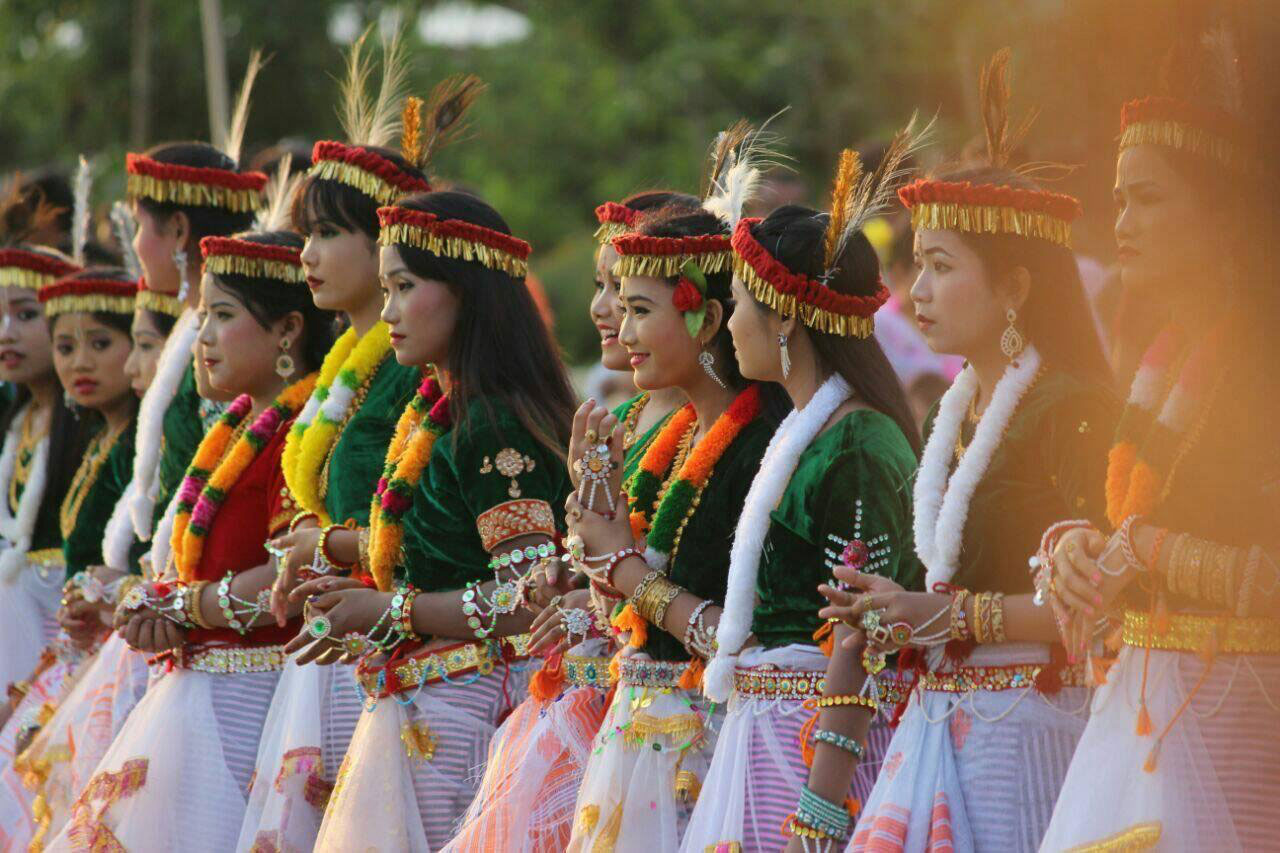
Manipur, fondly called “the bejeweled land”, is truly one of the hidden gems of Northeast India. Relatively unexplored as compared to the other parts of the country, the culture of Manipur is full of treasures. Here, we dive deep into the rich tradition and culture of Manipur that is home to enchanting art forms, delicious food, and vibrant festivals.
The Influence of Korea in Culture of Manipur
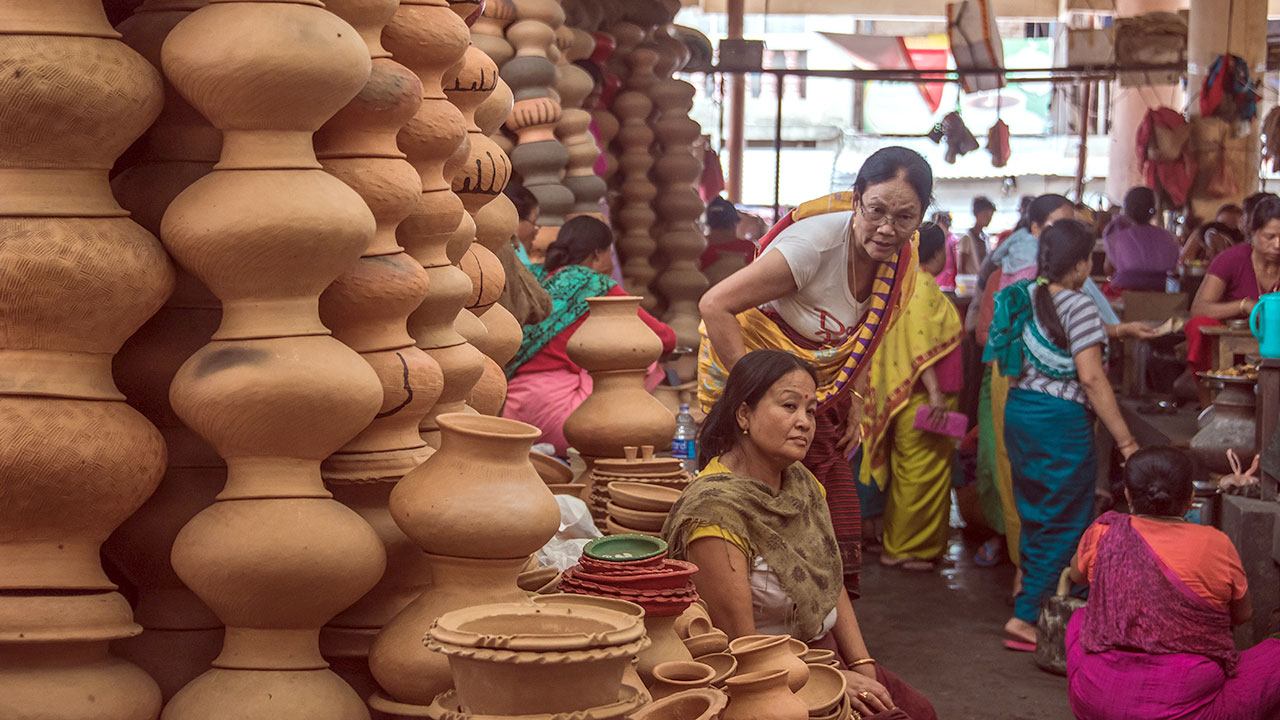
The Manipuri culture is a distinct blend of Korean, Central Indian, and Northeast Indian cultures. Owing to the Hallyu or the Korean wave that has spread worldwide, the impact of South Korean way-of-life is prominent among the younger Northeastern and specially Manipuri people. Korean international competitions are also held in the state, with famous K-pop artists visiting them for music tours. Many youngsters can even converse in Korean fluently! Korean movies and dramas are seen regularly, with their CDs being sold on the sidewalk and huge stores alike. Yet, such is the beauty of Indian culture, that while integrating other aspects, the natives have not lost their traditional culture of Manipur.
Food Culture of Manipur
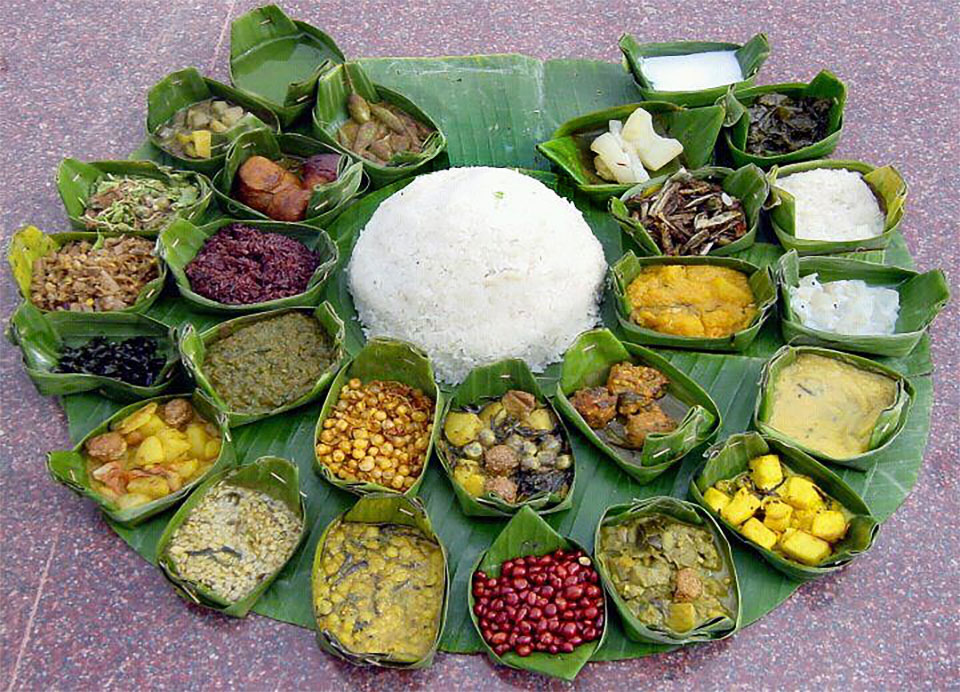
The cuisine of Manipur is as diverse as the state itself. With each of the multitude of tribes of the state having their special dishes, their blend is a wonderful concoction of culture. Popular dishes include those like Eromba Chutney, Yen Thongba (chicken), Nganu Thongba (duck), Oak Thongba (pork), and San Thongba (beef). Prepared in a style of cooking exclusive to the region, their usage of the native spices gives an edge to the brilliant food culture of Manipur. Though daily home-cooked meals include rice and side dishes of vegetables or meat.
Music of Manipur
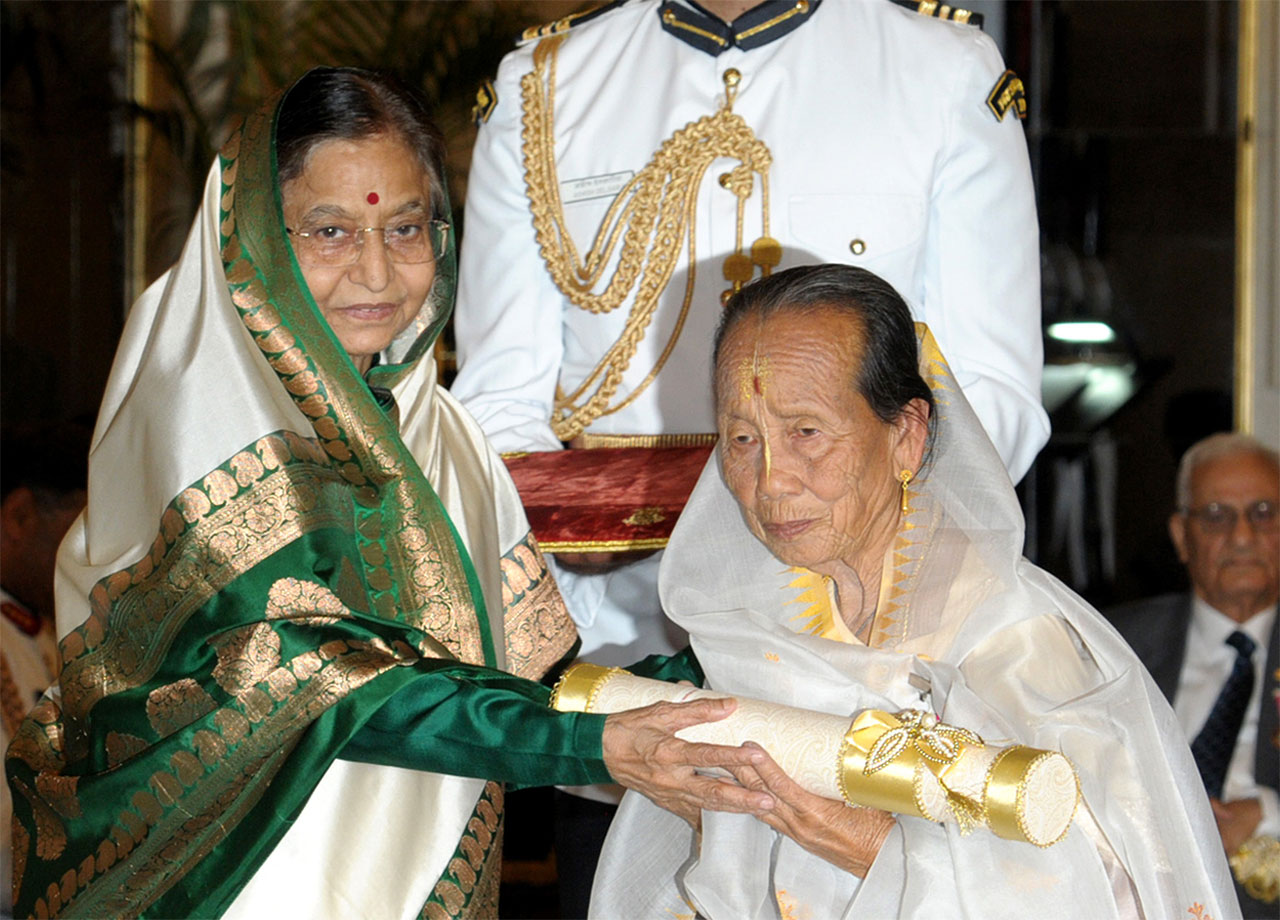
The indigenous culture often includes various aspects like melodious music skillfully produced from the instruments like Pena which have existed since centuries. The Pena, which is similar to a violin, is made of bamboo and has stood the test of time. Today, it has become one of the most popular Manipuri instruments. Nameirakpam Ibemni Devi is a highly acclaimed musician from the state who was awarded one of the country’s highest civilian awards, the Padma Shri. She was an accelerator of the Khongjom Parba genre of Manipuri classical music.
Dances of Manipur
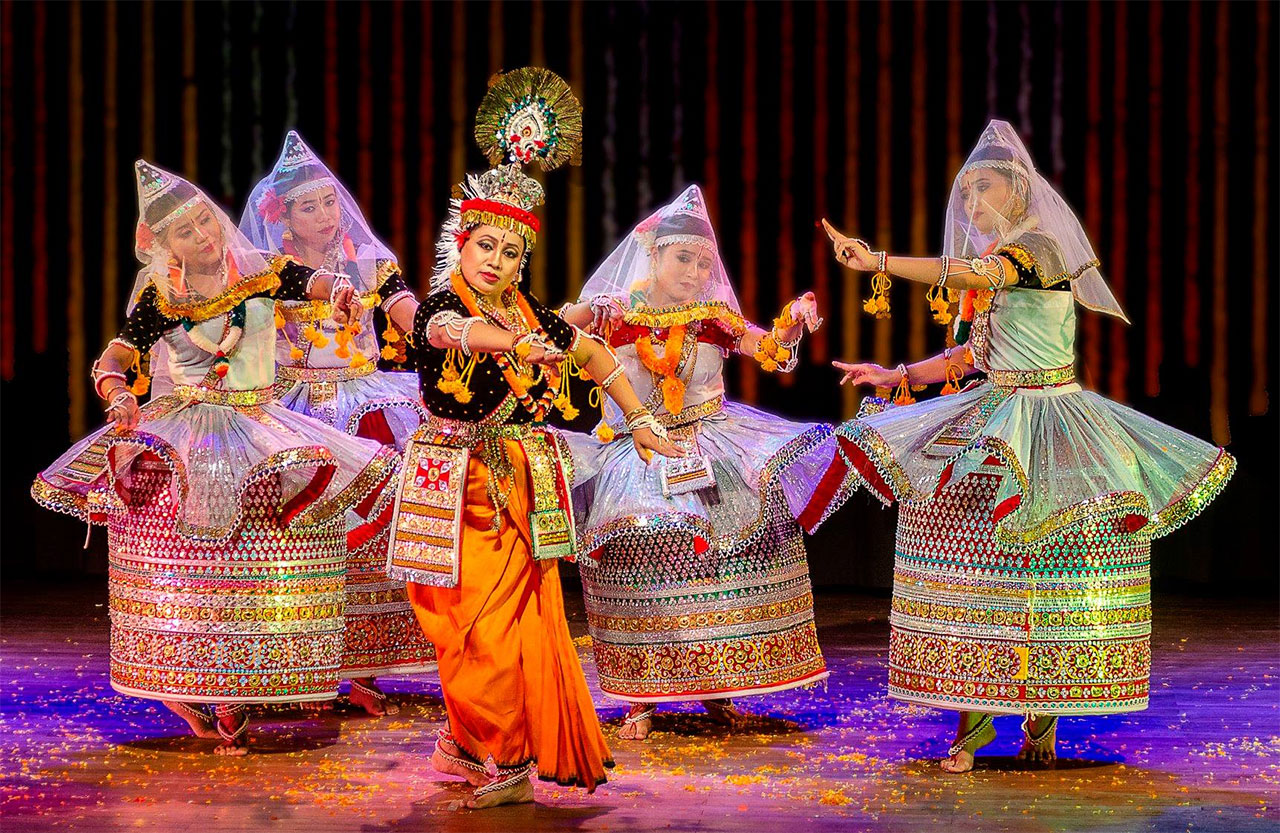
The dances of Manipur are often so mesmerizing that the viewers are left stunned by its beauty, grace and coordination. The distinct dance form of the state is the Manipuri dance or Jagoi which is recognized as one of India’s major classical dance forms. This dance depicts the love story of Lord Krishna and his lover Radha during the festival of Raas Leela. Unlike the popular Kathakali dance and its similar forms which heavily rely on facial expressions and eye movements, the Manipuri dance is quite lax in this forte. Instead, the dance form is more focused on the graceful movement of the entire body.
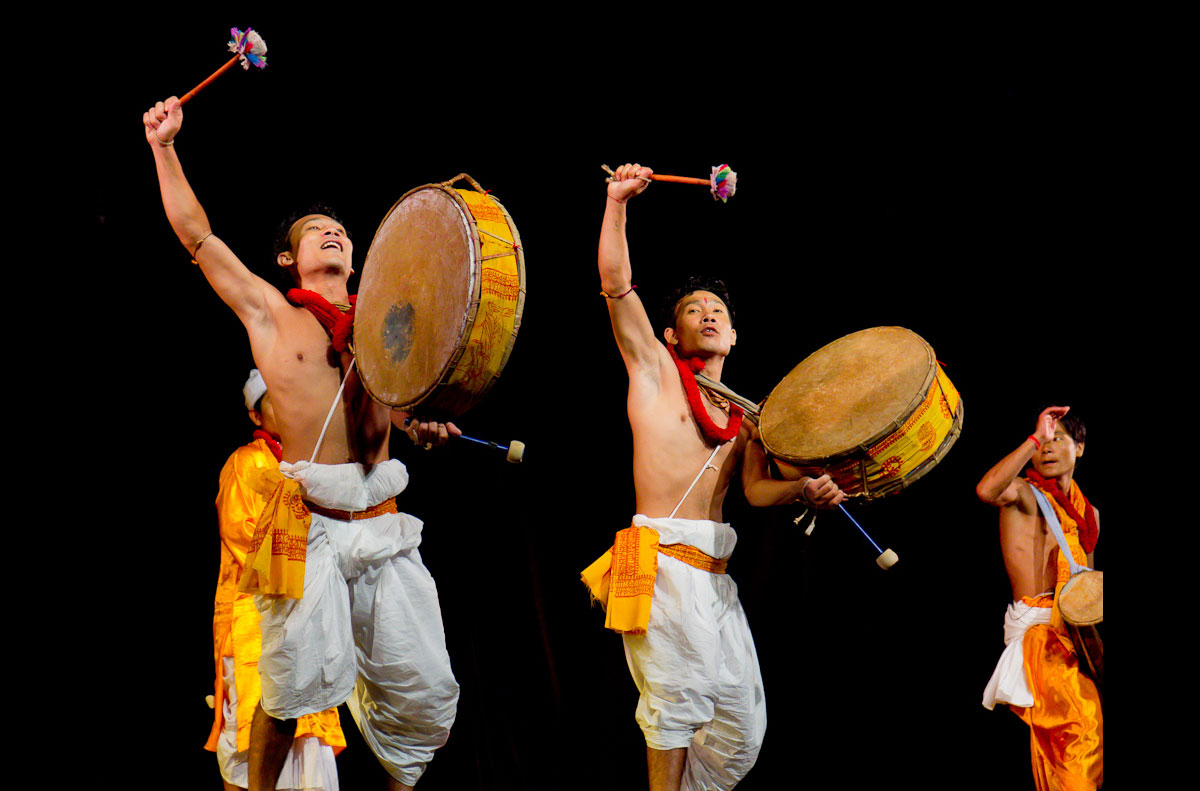
Another popular dance form of the state is the Pung Cholom, literally meaning ‘the roar of the drums’ which is a drum dance. It begins on a mild note with a few men or women playing the drum called Pung but quickly escalates to mid-air acrobatics with them whirling about, all while playing the Pung. This dance form, true to its inspiration, resembles martial arts.
Handicrafts of Manipur
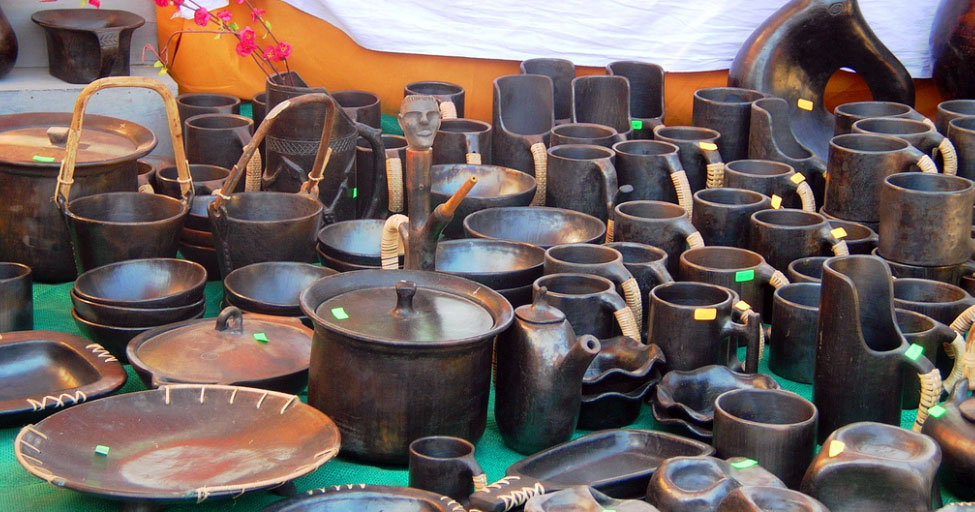
The notable art and heritage crafts forms of the land include extensive usage of bamboo and Papier-mâché. The Kauna variety of reed that grows on the river banks is also used for the local handicrafts. The notable art style of the state is the Longpi pottery that originates from the two villages of Longpi. The Tangkhul Naga tribes inhabiting this region are skilled at crafting these beautiful utensils from black serpentinite stone and a special brown clay and then polishing them with the leaves of a native tree. These utensils and pottery have recently seen a rise in international sales and have become a major export.
Art Forms of Manipur
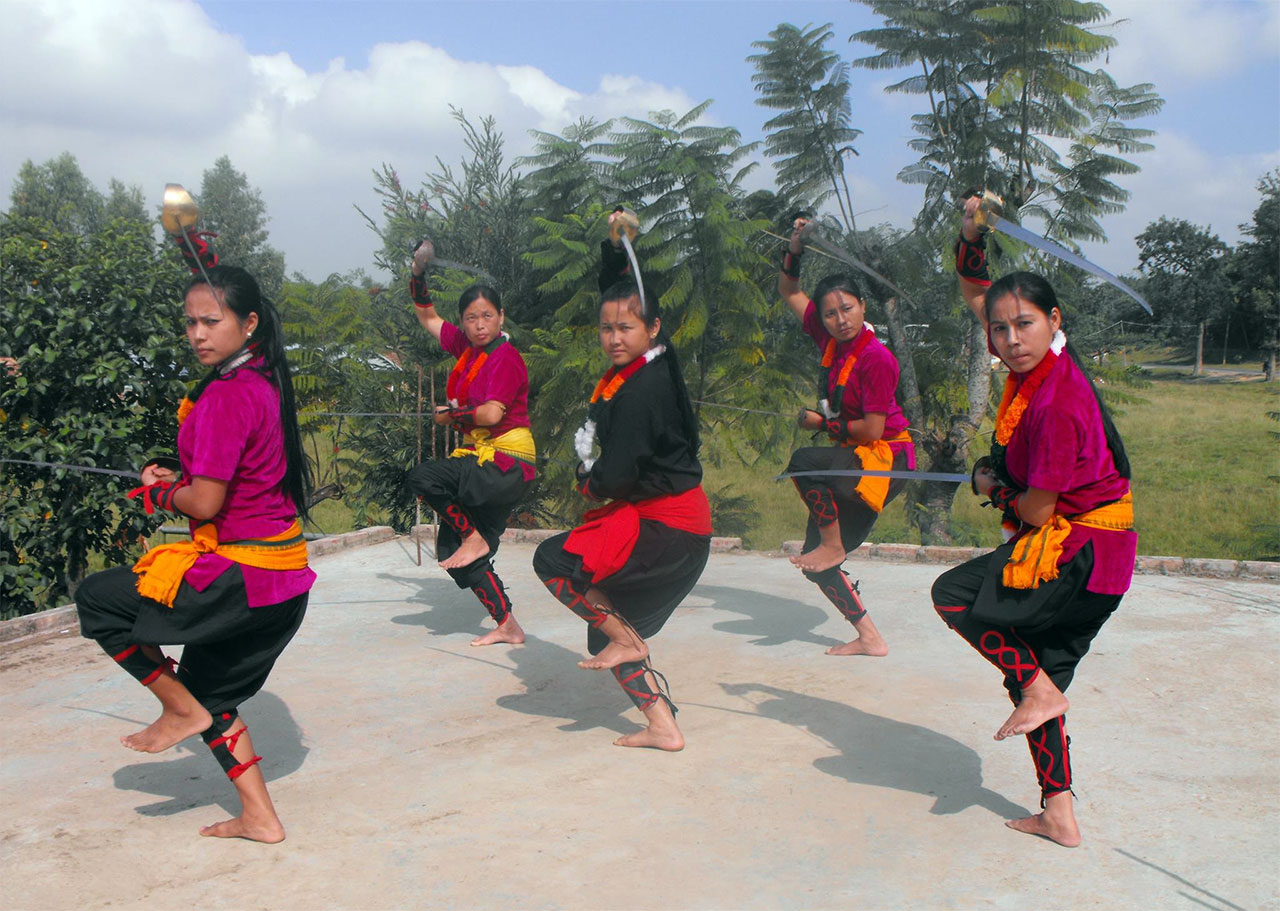
The state’s traditional form of martial arts is the Huyen Langlon, otherwise known as Thang-Ta. This native art has both armed and unarmed versions, with weapons like spears, axes and shields. This martial-art form steers away from violence and instead focuses on self-defence.
Manipur has also produced many skilled film directors, actors and musicians. The prominent names in Manipur’s entertainment industry include Ratan Thiyam, who served as the director of National School of Drama and set up famous theatre groups in his state. Some of the acclaimed dancers of the state are Haobam Ongbi Ngangbi Devi and Kshetrimayum Ongbi Thouranisabi Devi. They both have been awarded the Padma Shri.
Architecture of Manipur
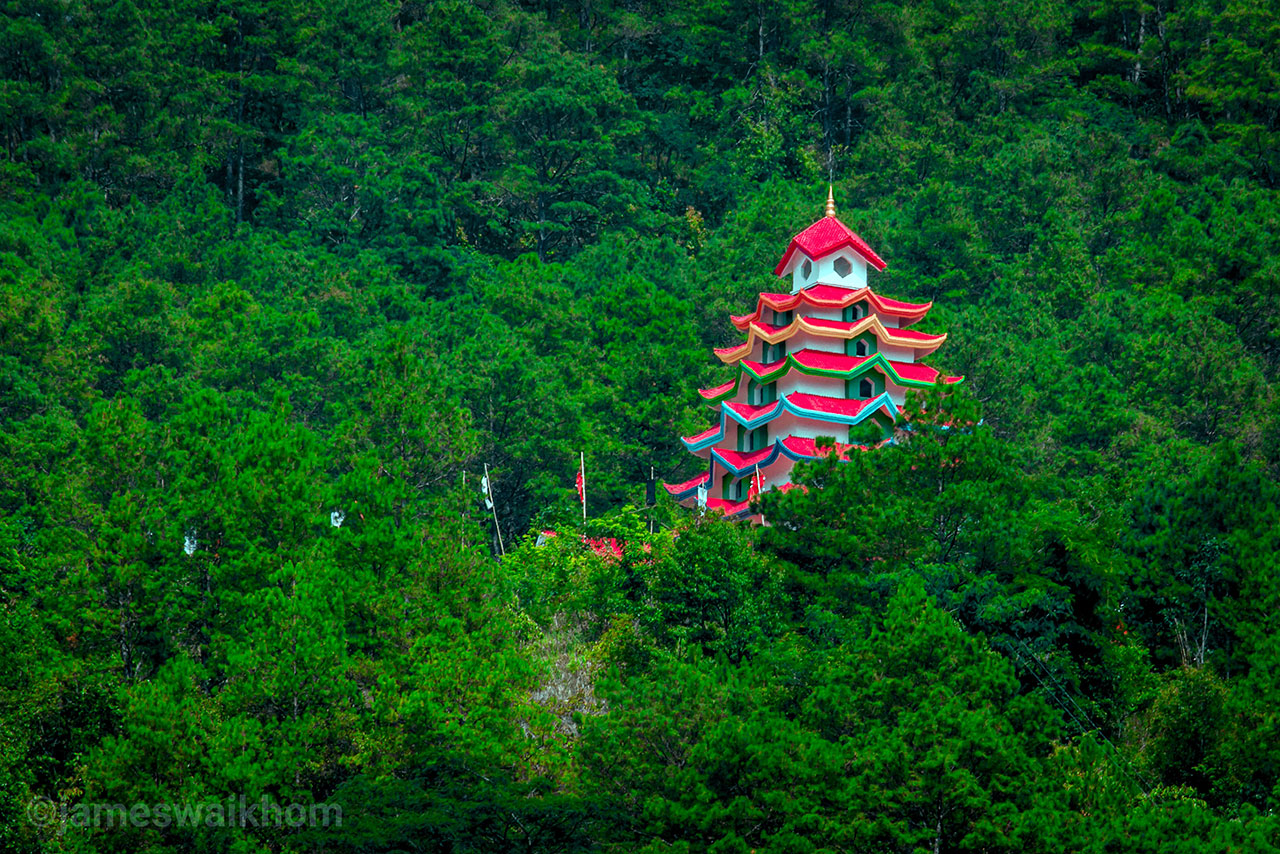
The architecture itself is a form of art in Manipur. The temples of the state like Kiyong, Thellon, and Laishang are the best examples of the state’s architecture. After the arrival of Hinduism, the Vaishnava influence could be seen clearly on the structures. These temples also had the holy horns or Chirongs as a distinguishing feature of the architecture. These Chirongs were also added to the tribal houses as these were believed to make the house complete. On these symbolic Chirongs, various elements relating to daily lives, like birds and flowers are carved.
Festivals of Manipur
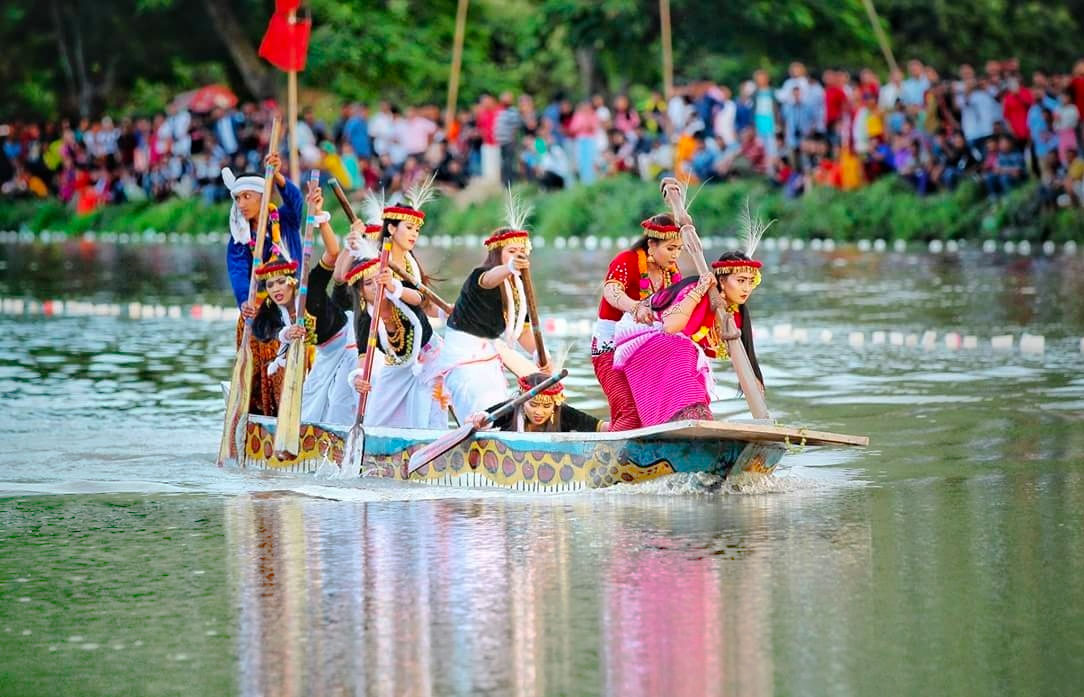
Vibrant cultures often lead to numerous festivals to celebrate their diversity. Manipur too has many such events. Many Indian cultures have their unique forms of boat racing. Manipur celebrates its version in the Langbal month of their calendar annually. The lively boat races that take place in the Bijoy Govinda Canal are a spectacle to behold. The northeastern states of our country have a significant Christian population. The religion is a majority in many of these states. In Manipur, the festival takes place with great pomp and joy, and all religious communities celebrate this festival in harmony. Another festival is the Lai Haraoba, literally the festival of Gods, which revers all the lords of Manipuri Mythology simultaneously.
Suggested Read – Festivals of Manipur, A Mesmerising Visual Treat to Your Eyes
Like most Northeastern states, Manipur is also waiting for its appropriate share of tourism and economic boost. Truly, it is an unexplored gem of our country. Tucked away in the lands of rolling hills and wading rivers, and guarded by the dragon lords, Manipur is waiting to be discovered.






Well, where are the culture and identities of tribal people living in the hill areas of Manipur
Aren’t they part of manipur ?
Why only meitei culture is exposed and why is tribal culture hidden?
We have exclusively covered the tribes of Northeast in this article, please check. https://www.caleidoscope.in/art-culture/northeastern-tribes-of-india
This is a very well written article! As someone who is not familiar with Manipuri culture, this article gave me a very good overview of how beautiful Manipur is. Looking forward to more articles from you!
COOOOOOOOOOOOOOL! I got awesome information from this Article.
Thanks 🙂
The claim of Korean influence on the Meitei culture
is wildly inaccurate. They both share in the expansion of the Tai Shan from what is now western China, but had entirely different developments of that culture.
As a Manipuri and a Meitei, I find it misleading that our culture would be appropriated in this way. While it is true that Korean culture is popular among the youngsters of the state because of the global spread of kpop and k-dramas, it is a big leap to claim that Korean culture is a part of Manipuri culture. Also, as stated in one of the comments above, this article is very one dimensional since it focuses only on the Meiteis and omits the various other tribes inhabiting our state. The writers can hopefully rectify these in the future if they do write another article about Manipur.
Easy
Yeah!
nice article thanks caleidoscope for this valuable informative article